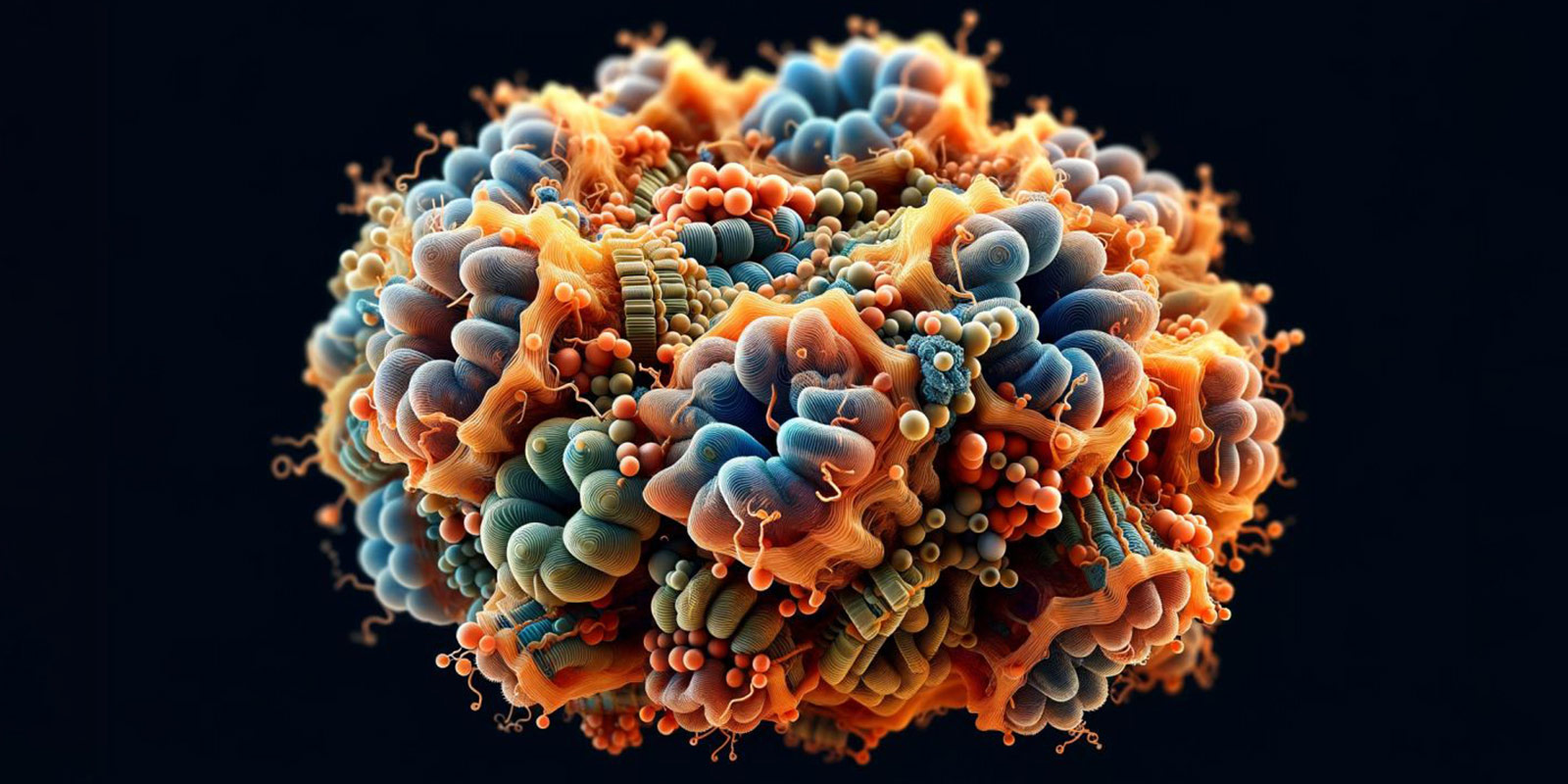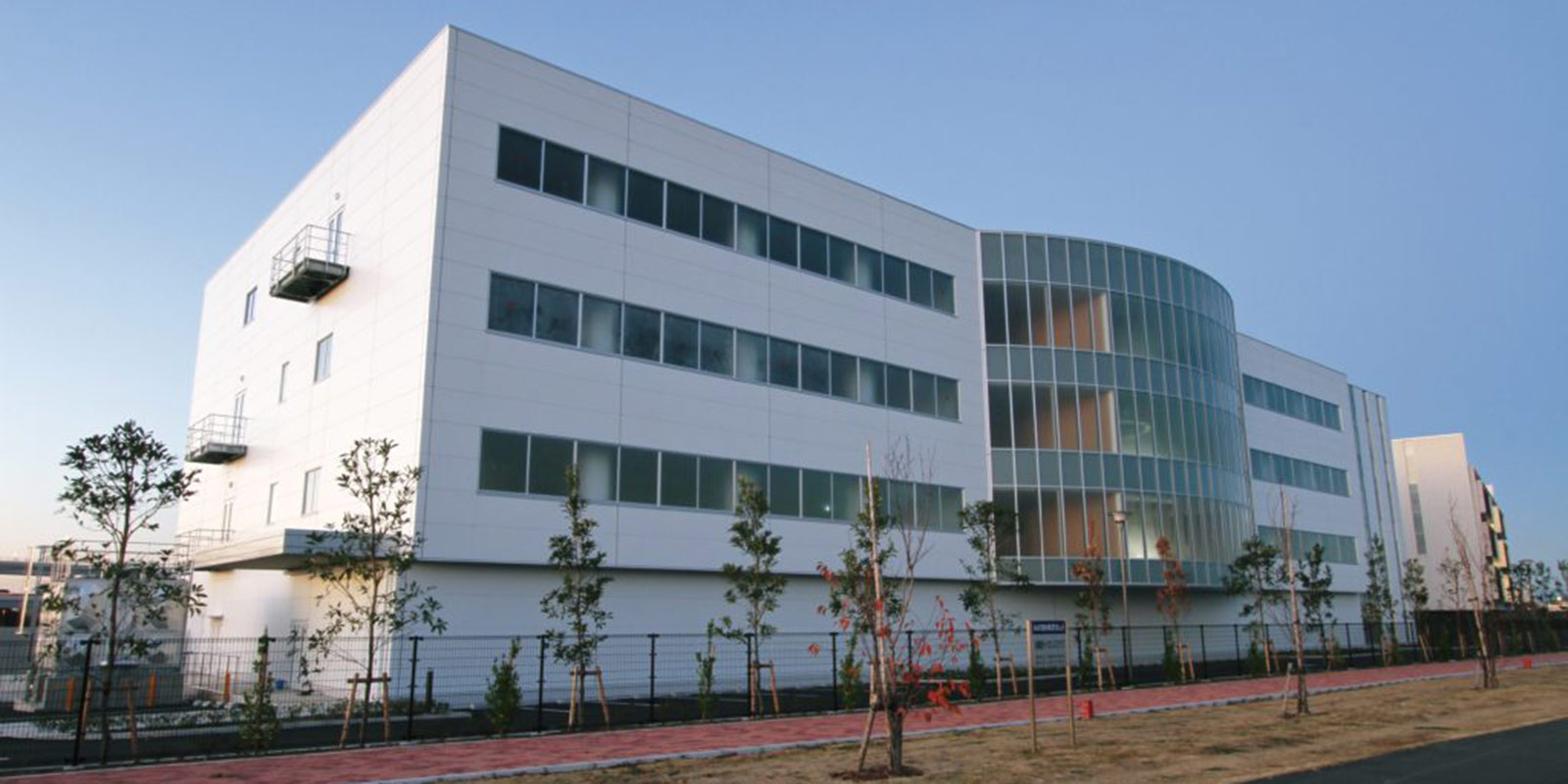Small wonders
| 20th Century Fox
Kazue Yokoi meets Kazunori Kataoka, a nano-biotech pioneer aiming to revolutionize medical treatment
In the 1966 sci-fi cult film Fantastic Voyage, a medical crew shrunk to microscopic size boards a minuscule submarine, journeying into the body of a comatose scientist in an effort to save his life. While miniature heroes and tiny submarines are unlikely to leave the realm of fiction for the foreseeable future, it’s not entirely unlike the futuristic-sounding nanotechnology being developed by Kazunori Kataoka, director of the Innovation Center of Nanomedicine at the Kawasaki Institute of Industrial Promotion, located across the Tama River from Tokyo’s Haneda Airport.
Kazunori Kataoka’s work may, in the next few decades, change the way we think about medical care
Kataoka’s work on incredibly small capsules capable of delivering drugs into the body with pinpoint precision may, in the next few decades, change the way we think about medical care and supercharge the diagnosis and treatment of diseases including cancer and dementia.
Kazunori Kataoka’s work may, in the next few decades, change the way we think about medical care
 Kazunori Kataoka, director of the Innovation Center of Nanomedicine | Courtesy of Innovation Center of Nanomedicine
Kazunori Kataoka, director of the Innovation Center of Nanomedicine | Courtesy of Innovation Center of Nanomedicine
Tiny miracles
If the human body were as large as the Earth, one of Kataoka’s creations would be roughly as big as a single soccer ball
The 73-year-old Kataoka has spent decades specializing in nano-capsules, infinitesimally small “machines” inserted into the human body that can cure diseases before their host even notices. These capsules are around the same size as a virus, or to put it another way, if the human body were as large as the Earth, one of Kataoka’s creations would be roughly as big as a single soccer ball.
If the human body were as large as the Earth, one of Kataoka’s creations would be roughly as big as a single soccer ball
A key step toward achieving the space age-esque vision of nano-medicine, and one presently engaging Kataoka’s institute, is perfecting the nano-capsule as a drug delivery system. This would solve many of the problems currently affecting fields such as conventional cancer treatment, in which the powerful drugs available still often fail to cure patients due to them “missing” their target of cancer cells, getting lost within the body or attacking healthy cells and causing side effects.
 An artist’s impression of the formulation procedure of polymeric micelles | ACME Research Solutions
An artist’s impression of the formulation procedure of polymeric micelles | ACME Research Solutions
Nano-capsules, also known as polymeric micelles, are string-like artificial molecules composed of a core, into which a drug can be inserted, and a shell that forms when the capsule comes into contact with water, supporting and stabilizing the core. Flexibility is one of their key characteristics: the capsule can take almost any shape, allowing it to transport a wide variety of drugs, including ones in the form of comparatively large molecules such as DNA.
The capsules have various built-in features that make them adept at pinpointing their target within the body. For example, their 50-nanometer size allows them to find and enter the distinctive 100-nanometer holes that open up in blood vessels around cancer tissue when it spreads, but they can’t pass through the much smaller cavities in healthy tissue. In addition, the capsules are equipped with “sensors” that react to the acidic environment around tumors, so that they can release their drugs only when coming into contact with acidic tissue, minimizing the damage done to healthy parts of the body. Finally, the tiny travelers can be fitted with a “navigator” that senses cancer tissue and plots a direct path to it.
But all those features are useless if the capsule is discovered and destroyed by the immune system before it can complete its journey. To prevent that from happening, the micelles are made of compounds such as polyethylene glycol and polyamino acids that don’t elicit an immune response. “You can think of them as stealth fighters,” says Kataoka.
 Kawasaki Institute of Industrial Promotion
Kawasaki Institute of Industrial Promotion
Kataoka’s ultimate aim is to develop a comprehensive system of nano-medicine combining detection, diagnosis, and treatment
Big ambitions
Although nano-capsules’ cancer-fighting abilities often grab the biggest headlines, the machines may soon play a vital part in everything from the treatment of neurological diseases to vaccination and the removal of aged cells. Kataoka holds that such cells—the result of DNA damage caused by UV rays or other external factors—could be eliminated through the same process as that applied in nano-based cancer treatment.
And those applications are only the beginning: Kataoka’s ultimate aim is to develop a comprehensive system of nano-medicine combining detection, diagnosis, and treatment, which he thinks could be achieved around 2045. “That would allow you to protect the health of anyone, at any time, in any place,” he envisions. With research into nano-biotech taking strides in Kawasaki as well as around the world, words that once sounded like the stuff of science fiction are well on their way to becoming reality.